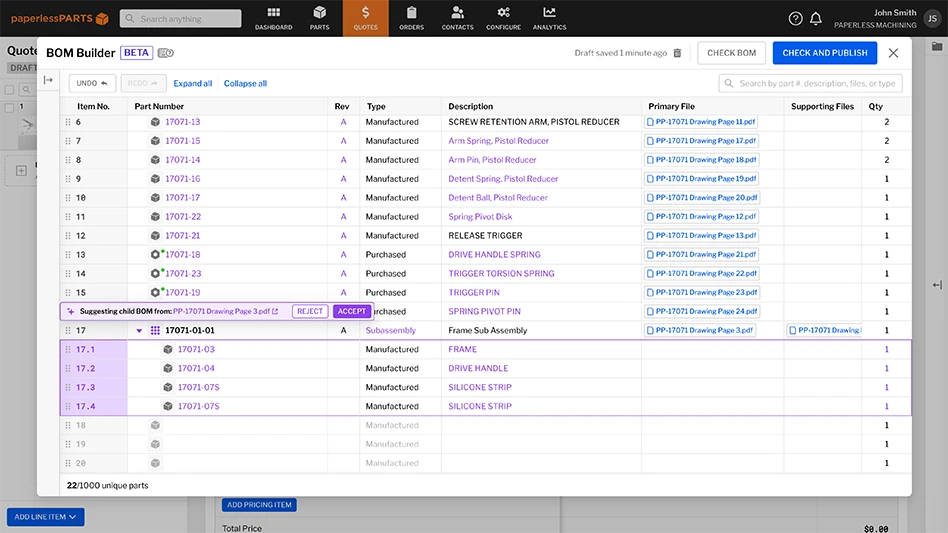
AARON HENRY
Aaron Henry is a fourth-year Ph.D. student in the Interdisciplinary Engineering program in the Department of Multidisciplinary Engineering at Texas A&M University. He worked with Caira Surgical, a surgical navigation and robotic orthopedic surgery company focusing on simplifying workflows and developing technological systems to assist with joint replacement. Henry’s research focused on validating Caira’s proprietary computational knee model that can help surgeons better position implants during knee replacement surgeries.
During previous preoperative planning sessions, surgeons tried to estimate the correct location based on their diagnosis of the ligament strain before placing the implant. However, this method wasn’t completely adequate since patients sometimes experienced issues requiring revisions through additional surgery.
Instead of positioning the implant purely based on experience or eyesight, doctors can now use computational modeling to review the orientation of an implant for optimal accuracy and assess any potential misalignment before final placement. They can also run simulations to show how the implant will interact with the patient’s anatomy and predict specifics of post-surgery knee motion and any possible significant changes in mobility.
The initial validation of this modeling involved creating a physical 3D-printed knee model, which Henry compared to the computational model using motion capture. The comparison showed the computational model reasonably predicted the performance of the physical model in the real world.
Dr. Andrew Robbins, research assistant professor in the School of Engineering Medicine and the Department of Multidisciplinary Engineering at Texas A&M, is one of Henry’s advisors. “This work with our partners at Caira provides an opportunity to impact a huge number of Americans who need joint replacements,” he says. “Aaron’s work is laying important groundwork for significant improvements to clinical practice in the near future.”
Henry presented his research paper, “Experimental Validation of a Computational Knee Model of TKR Implant Placement,” at the 2023 Design of Medical Devices Conferences at the University of Minnesota in Minneapolis.
In addition to Robbins, two members of Caira Surgical worked with Henry on the paper: Gordon Goodchild, vice president of research and development, and Jon Greenwald, co-founder and CEO. Other contributors include Dr. Morteza Meftah, an orthopedic surgeon at New York University Langone Health, and Dr. Michael Moreno, Henry’s second advisor and associate professor in the J. Mike Walker ‘66 Department of Mechanical Engineering at Texas A&M.
Texas A&M University – College of Engineering
https://engineering.tamu.edu


Explore the October 2023 Issue
Check out more from this issue and find your next story to read.
Latest from Today's Medical Developments
- Mastering high-temp alloys with Kennametal Inc.
- Integer expands operations in Salem, creating 83 jobs
- Siemens unveils new Teamcenter X: Revolutionizing SaaS PLM for all manufacturers
- 3 Questions with an Expert with Allied Machine & Engineering
- Supply Chain Power – A strategic program for executives
- Sunnen Products' PGE-6000 gage
- April Manufacturing Lunch + Learn with Iscar
- April Manufacturing Lunch + Learn with Insaco





